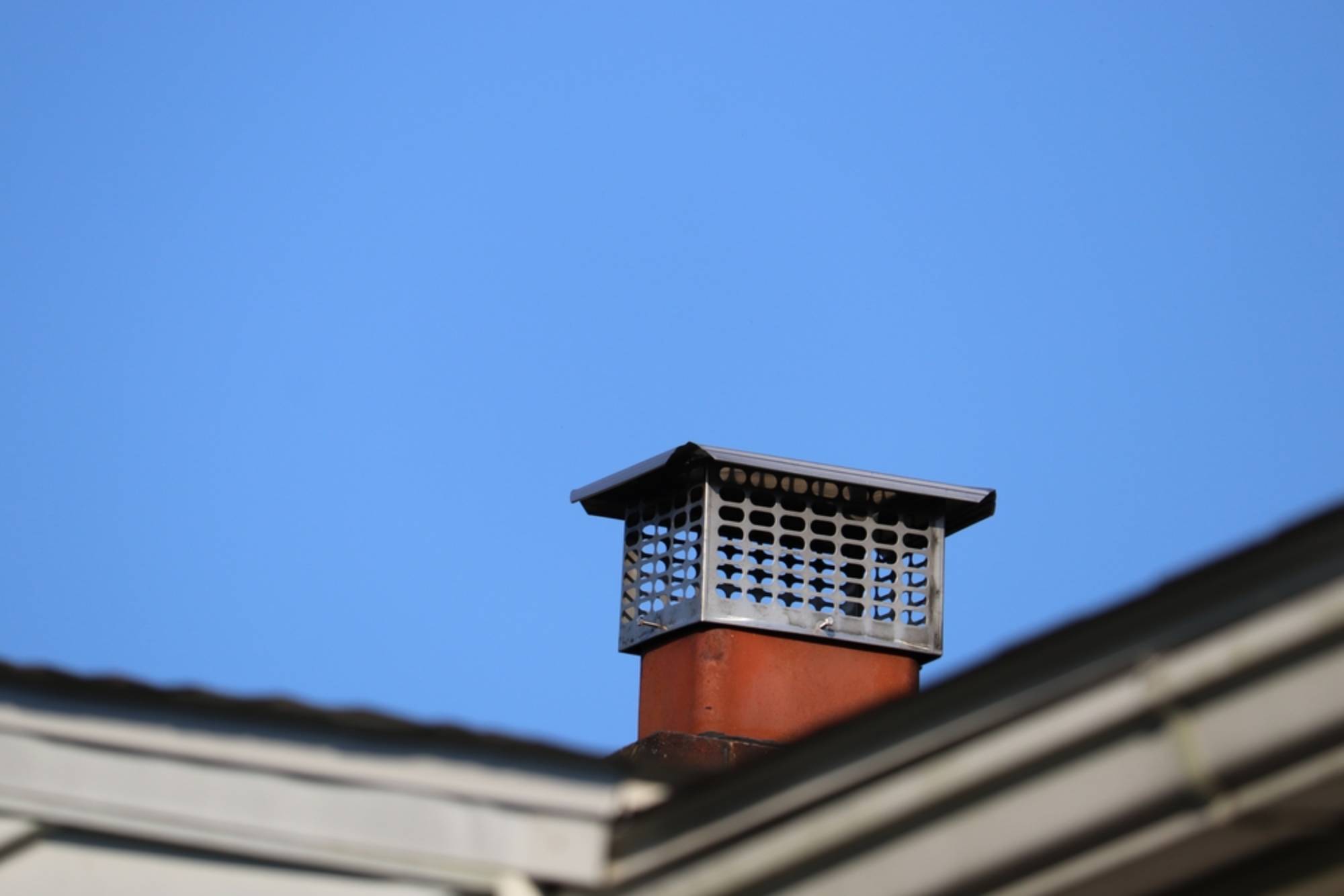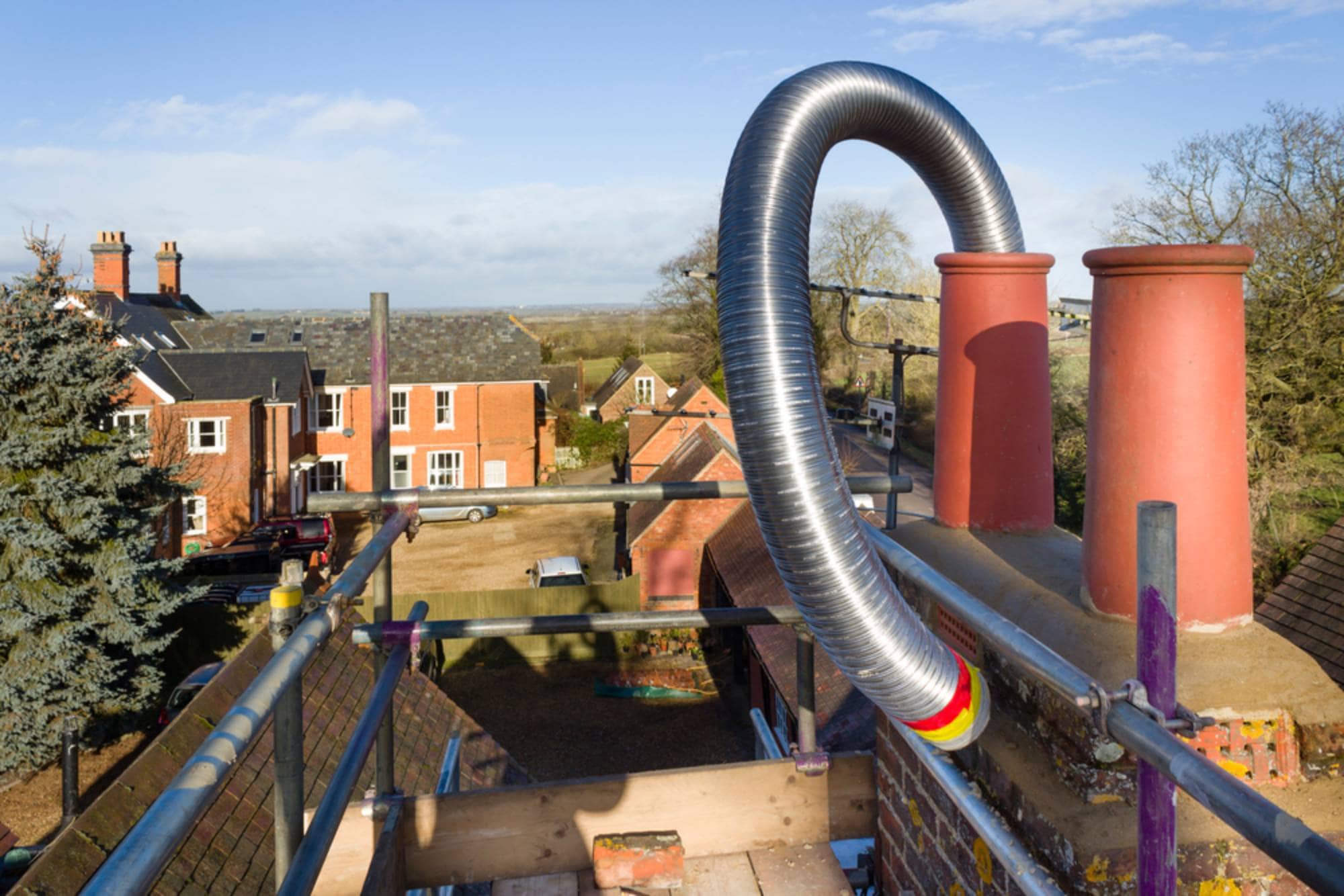Professional chimney liner installation that prevents fires, stops carbon monoxide leaks, and keeps your Swansea home safe year-round.

Hear from Our Customers

You get a chimney that actually works the way it should. No more worrying about carbon monoxide seeping into your living space or heat escaping through cracked mortar that could start an attic fire.
Your heating bills drop because a properly sized liner creates the right draft for efficient burning. No more wasted fuel fighting poor airflow or dealing with smoke backing up into your home.
Most importantly, you sleep better knowing your family is protected from the chimney fires that claim thousands of homes each year. A quality liner installation isn’t just about meeting code—it’s about creating a barrier that keeps dangerous gases where they belong.
We’ve been installing chimney liners throughout Bristol County since before most companies even knew what proper installation looked like. Our CSIA-certified technicians understand something crucial that many miss: coastal Massachusetts creates unique challenges.
The moisture from being near the water affects how your chimney brickwork ages. The types of wood commonly burned in this area create specific creosote patterns. We’ve seen it all, and we know exactly how to address the conditions that Swansea homeowners face.
Every installation we complete meets Massachusetts State Building Code requirements. But we don’t stop there—we make sure your liner is sized correctly for your specific setup, whether you’re venting a furnace, fireplace, or both.

We start with a thorough inspection using camera equipment to see exactly what’s happening inside your chimney. This tells us the condition of your existing masonry, whether old clay tiles need removal, and what size liner will work best for your specific venting needs.
Next comes the prep work. We protect your home with multiple layers of drop cloths and use HEPA-filtered vacuums designed specifically for chimney work. If there’s an old liner that needs to come out, we handle that carefully to avoid damaging your chimney structure.
The installation itself involves precise measuring and fitting. Stainless steel liners need to be sized exactly right—too small and you get poor draft, too large and you get condensation problems. We connect everything properly at both ends, seal all joints, and test the system to make sure it’s drawing correctly before we clean up and leave.

Ready to get started?
Your installation includes the proper grade of stainless steel liner for your specific application. Furnace and boiler venting requires different materials than fireplace installation, and we stock the right options for both.
We handle all the details that matter: proper insulation around the liner when required, correct top and bottom connections, and sealing that prevents moisture intrusion. Many Swansea homes need specific attention to moisture control because of our coastal location.
Each job comes with documentation showing Massachusetts code compliance and manufacturer warranties on materials. We also provide clear maintenance guidelines so you know exactly how to keep your new liner performing properly for decades to come.
